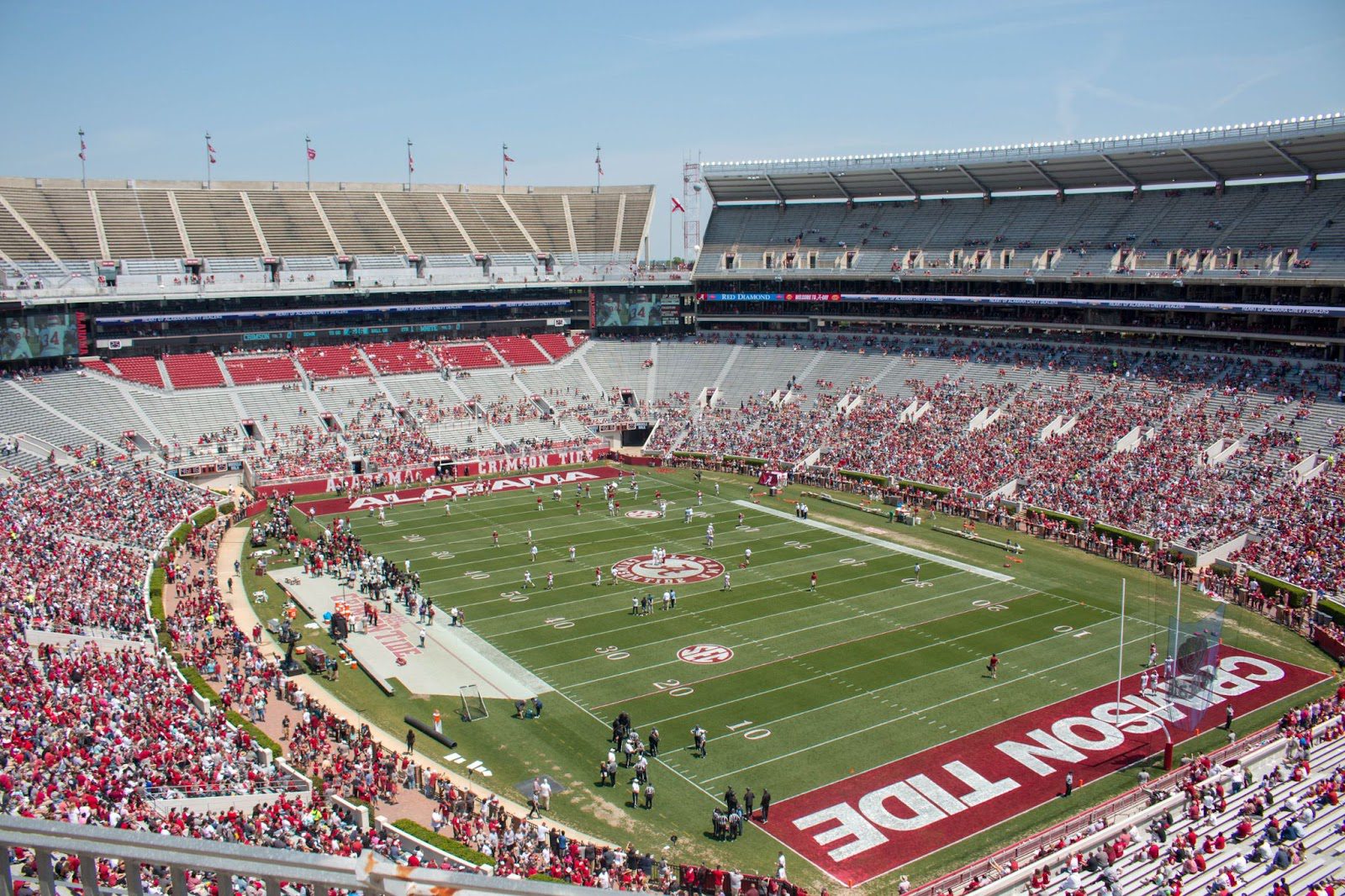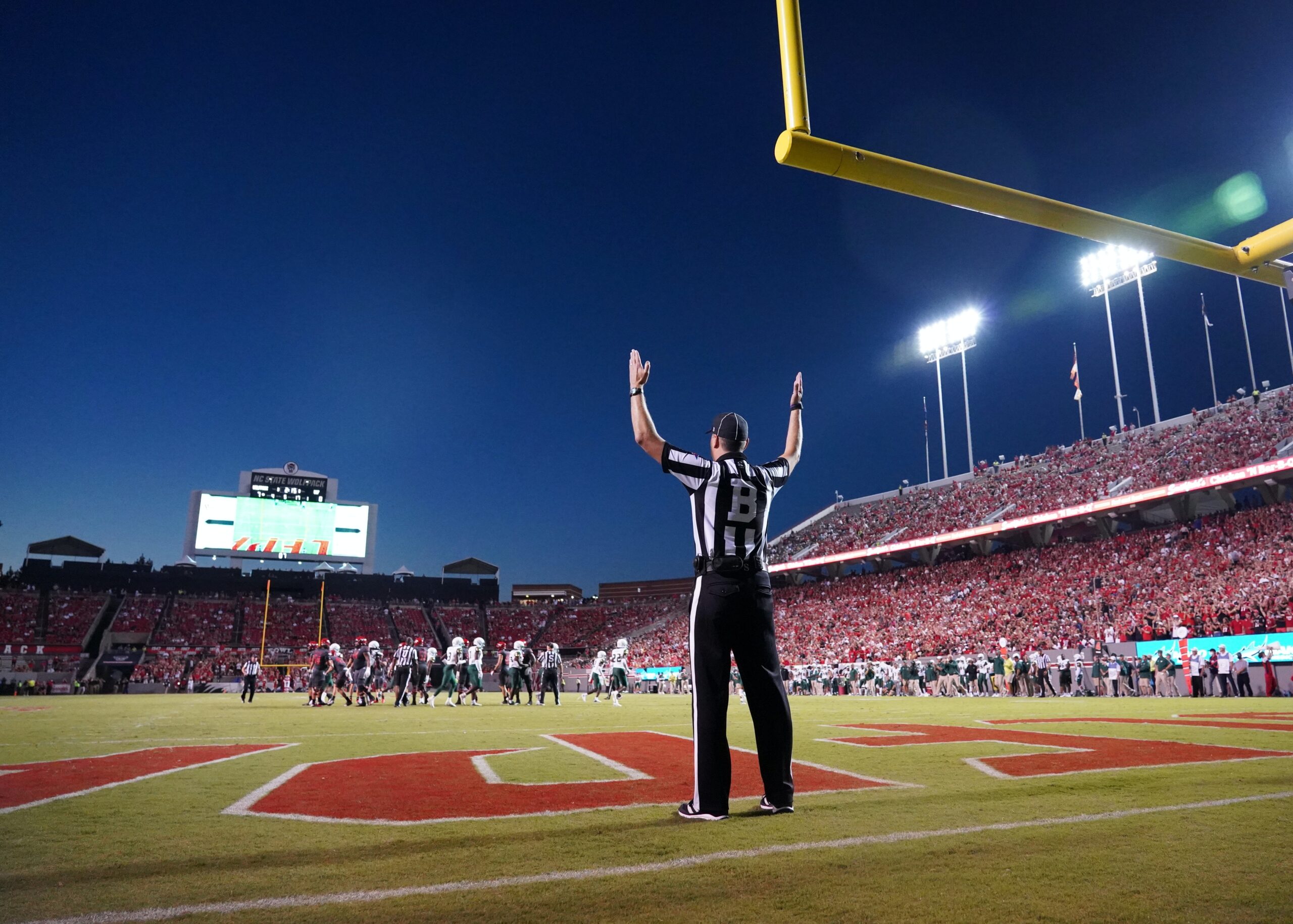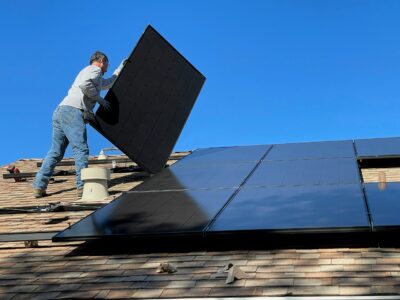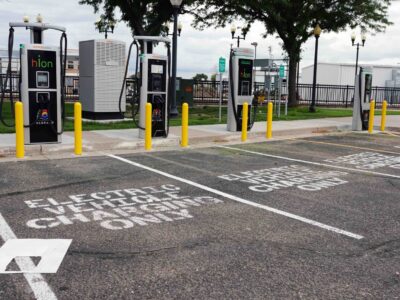Millions of Americans adore College football. It’s hard to describe how many people love it. The National Football League (NFL) may rule the roost, but the college game is just as fun, especially when you watch famous programs like Georgia face-off against championship newcomer TCU.
Similar to how the NFL has a massive championship game in the Super Bowl, the National Collegiate Athletic Association (NCAA) has the College Football Playoff (CFP), followed by the National Championship. These games sell out every season, and while we get wrapped up in the spectacle, most don’t think about their environmental impact. The NCAA is, however, and their committed to mitigating the playoff’s greenhouse gas emissions.
The governing body has implemented gradual sustainability measures and more sustainable waste management since installing this playoff format in 2014. Playoff Green, the NCAA’s campaign to reduce the carbon footprint generated by this event, handles much of the work.
In 2022, the organization teamed up with nonprofits and college students in Indianapolis, where the National Championship was set this season. With the help of Green Sports Alliance, a sustainability outreach program, they diverted more than 117 tons of materials from festivities across the city.
From the effort, 80% of waste generated directly or indirectly from the CFP was rescued from local landfills.
It was also the perfect time to increase fan awareness about recycling and composting. On top of that, more than 35,000 meals were donated to local food banks, and 75,000 reusable goods were donated to Indianapolis’ Habitat for Humanity branch.

While waste management was a big talking point for managing the CFP’s carbon footprint, the lion share of the issue was electricity and water use. To power an indoor sports stadium — in last year’s case, Lucas Oil Field — a massive amount of energy is needed.
To be more energy- and water-efficient, Indiana University Purdue University of Indianapolis (IUPUI) analyzed data from the stadium utilities to determine offset purchases for CO2 and water usage. Alongside AES Indiana and the Keep Indianapolis Beautiful Initiative (KIBI), Playoff Green worked to get enough renewable energy credits to run the CFP on 100% renewable energy, making the event one of the most sustainable sports events in early 2022.

“We are proud to have been able to limit the environmental impact of our championship event in 202,” said Bill Hancock, executive director of the CFP. “Just like the success on the field, this similarly successful sustainability program in connection with our game took teamwork.”
While 2022 was a success, it wasn’t the first time the CFP had been making conscious choices when planning these massive events.
In 2019, the championship game was played at Levi Stadium in Santa Clara, CA. The locations was chosen particularly because the stadium is a Leadership in Energy and Environmental Design (LEED)-certified building.
The CFP and Playoff Green have made tremendous strides in creating a sustainable, waste-free championship weekend. While the venue for each season’s championship game changes year by year — the 2023 playoff was at SoFi Stadium in Los Angeles — the work done alongside Green Sports Alliance and local nonprofits has set the standard for the NCAA to follow.





